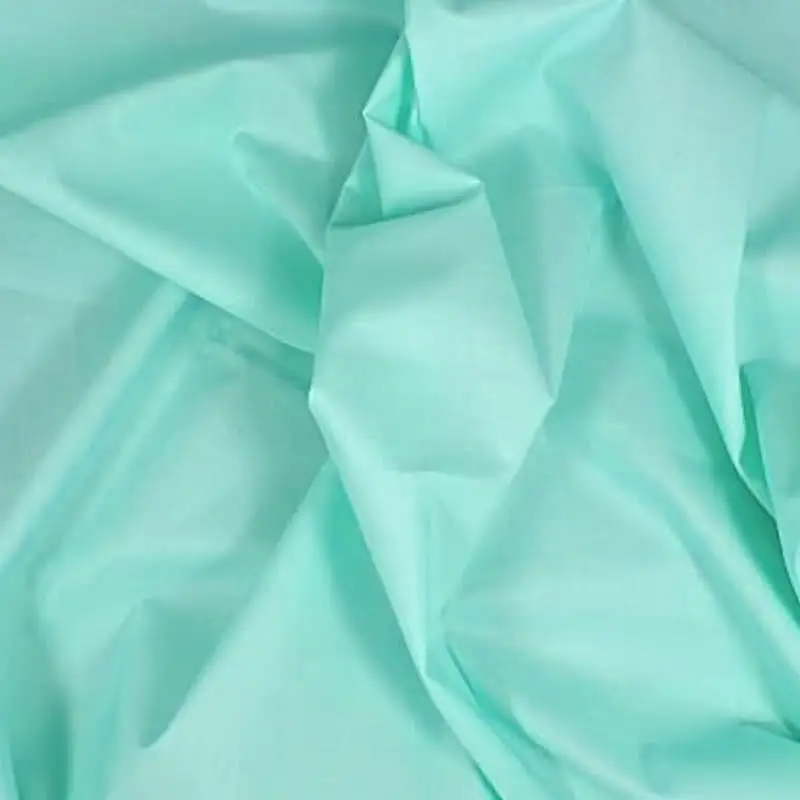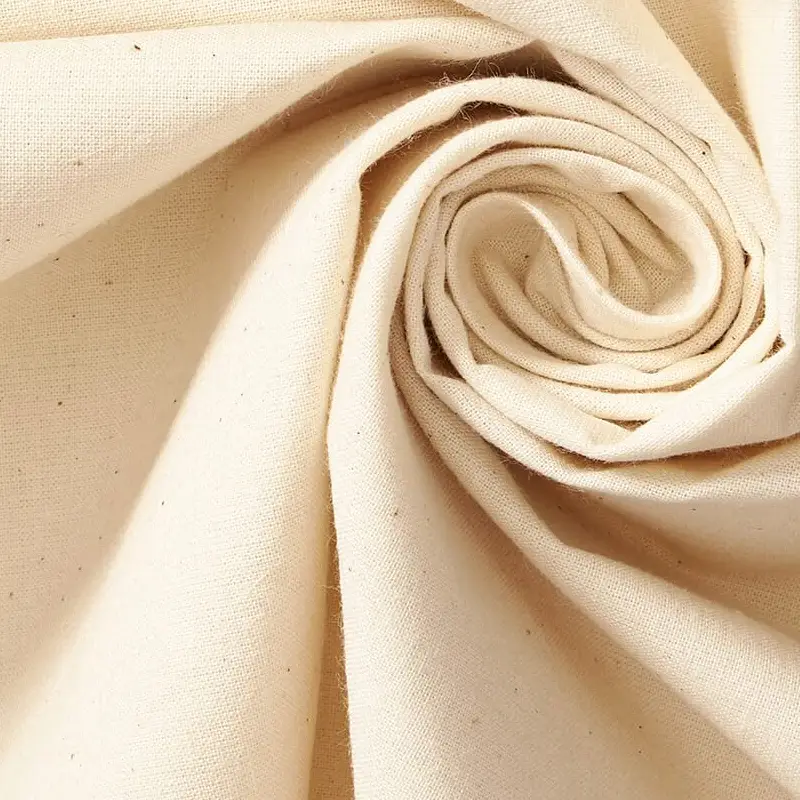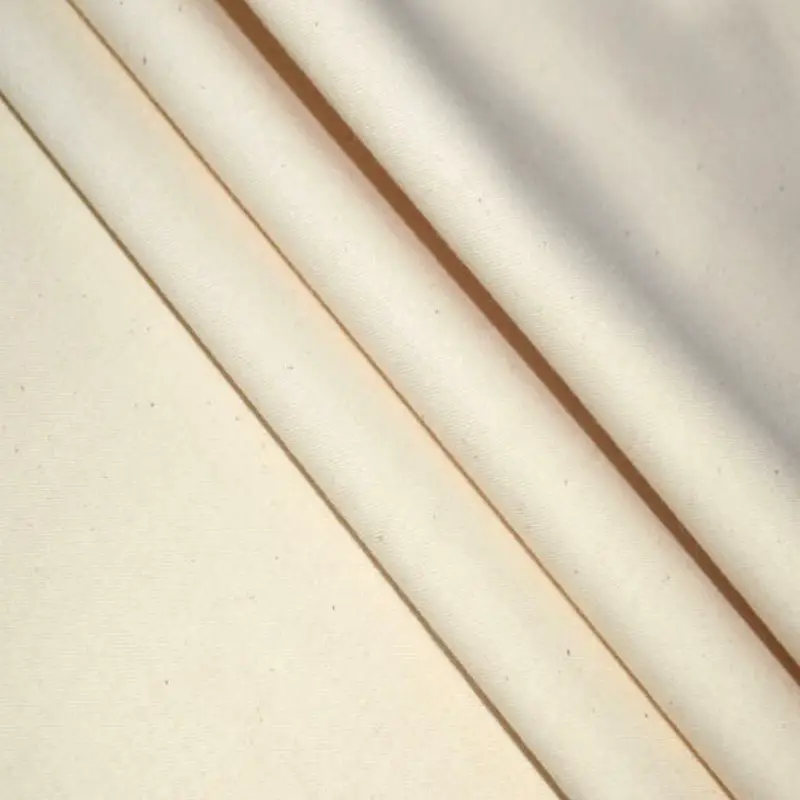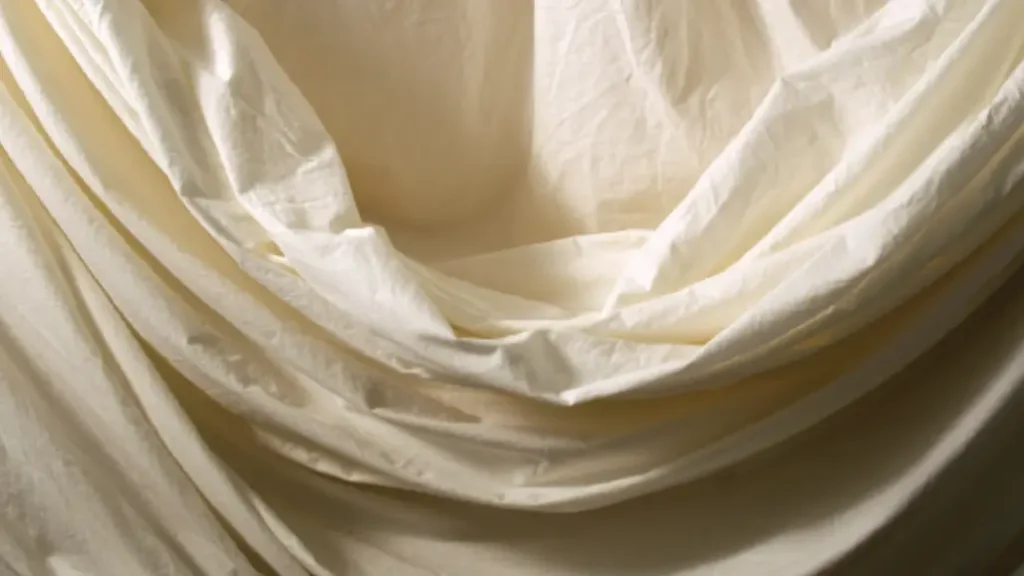Muslin, known for its versatility and delicate nature, requires proper care to maintain its quality. Whether used for baby swaddles, culinary purposes, or crafting, washing muslin correctly is crucial. This guide provides essential tips to ensure your muslin fabric remains soft, durable, and free from damage.
Understanding the nuances of washing muslin helps prevent shrinkage and maintains its texture. We’ll explore various washing methods, from handwashing to machine washing, and provide insights into drying techniques. By following these guidelines, you can prolong the lifespan of your muslin and enjoy its benefits for years to come.
What Is Muslin Fabric



Muslin fabric is a versatile, plain-woven cotton textile known for its lightweight and breathable nature. It’s characterized by its simple weave, which can range from very fine and sheer to somewhat coarse and heavy, depending on the specific type and intended use.
Historically, muslin originated in Dhaka, Bangladesh, where it was renowned for its exceptional quality and delicate texture. Today, it’s widely used in various applications, including fashion, crafts, culinary, and medical fields. Its adaptability and affordability make it a popular choice for everything from pattern drafting and test garments to backdrops and cheesecloth.
How to Wash Muslin Fabric?
Muslin fabric, prized for its versatility and delicate nature, requires careful handling when it comes to washing. Whether you’re working with a fine, sheer gauze or a sturdy, unbleached cotton variety, understanding the proper washing techniques is crucial for preserving its quality and longevity.

We’ve compiled a step-by-step guide to help you navigate the washing process, ensuring your muslin remains pristine and ready for your next project.
Step 1: Assess the Muslin Fabric
Before washing any muslin, we must first understand its specific characteristics. Is it bleached or unbleached? What is its weight and weave? This assessment is critical because different muslin types may require varying levels of care.
For instance, a delicate, fine muslin might necessitate handwashing, while a heavier, more robust variety could withstand a gentle machine wash. We also need to consider any special finishes or treatments applied to the fabric, as these could influence the washing process.
We should also consider the intended use of the fabric. If it’s a test garment, a gentle wash may suffice. However, if it’s a piece intended for repeated use, a more thorough cleaning might be necessary. We also need to consider the presence of any stains or soiling. Pre-treating any stains before washing can significantly improve the outcome. By carefully examining the fabric, we can determine the most appropriate washing method to preserve its quality and longevity.
Finally, we always recommend testing a small, inconspicuous area of the fabric before washing the entire piece. This test will help us assess how the fabric reacts to water and detergent, preventing any potential damage. We should observe any color bleeding, shrinkage, or changes in texture. This precautionary step will give us confidence in the chosen washing method and ensure the best possible results.
Step 2: Choose the Washing Method
For delicate or fine muslin, we recommend handwashing. Fill a basin with cool or lukewarm water and add a mild detergent. Gently submerge the fabric and swirl it around, avoiding harsh scrubbing or twisting. We must handle the fabric with care to prevent stretching or tearing. Handwashing allows us to control the process and minimize any potential damage to the delicate fibers.
For more robust muslin, we can use a washing machine on a gentle cycle. We recommend using cool or lukewarm water and a mild detergent. To protect the fabric, we suggest placing it in a mesh laundry bag. This will prevent it from tangling or snagging on other items in the machine. We also recommend avoiding harsh detergents or bleach, as these can weaken the fibers and cause discoloration.
Regardless of the chosen method, we must avoid using hot water, as it can cause shrinkage and damage the fabric. We should also avoid using fabric softeners, as they can leave a residue on the muslin. By selecting the appropriate washing method and taking necessary precautions, we can ensure that our muslin fabric remains in excellent condition.
Step 3: Drying the Muslin Fabric
After washing, we should gently remove excess water from the muslin fabric by pressing it between clean towels. Avoid wringing or twisting the fabric, as this can cause it to stretch or wrinkle. For delicate muslin, we recommend laying it flat to dry on a clean surface or a drying rack. This will prevent any distortion or stretching.
For heavier muslin, we can use a clothes dryer on a low heat setting. We recommend removing the fabric while it is still slightly damp to prevent over-drying, which can lead to excessive wrinkling. We should also avoid using high heat, as it can cause shrinkage and damage the fibers. If we choose to air dry, we should hang the fabric in a shaded area away from direct sunlight, which can cause fading.
Finally, once the muslin is completely dry, we can iron it on a low heat setting to remove any wrinkles. This will help to restore its smooth appearance. We should use a clean iron and avoid using steam, which can cause the fabric to become damp again. By following these drying guidelines, we can ensure that our muslin fabric retains its shape and quality.
Muslin Fabric Washing Methods
Muslin fabric, while versatile, requires careful washing to maintain its integrity. Here’s are some common washing methods for muslin fabrics:
Handwashing:
This is the gentlest method, ideal for delicate or fine muslin. Fill a basin with cool or lukewarm water and add a mild detergent. Submerge the fabric, gently swirling it. Avoid scrubbing or twisting. Rinse thoroughly with cool water until all detergent is removed. This method is excellent for preventing shrinkage and preserving delicate weaves.
Machine Washing (Gentle Cycle):
For sturdier muslin, machine washing is possible. Use a gentle cycle with cool or lukewarm water and a mild detergent. Place the fabric in a mesh laundry bag to prevent snags. Avoid using harsh detergents or bleach. Remove the fabric promptly after the cycle to minimize wrinkling.
Spot Cleaning:
For minor stains, spot cleaning can be effective. Dampen a clean cloth with cool water and a mild detergent. Gently blot the stain, working from the outside in. Avoid rubbing, which can spread the stain. Rinse the area with clean water and blot dry. This method is useful for preserving the overall fabric when only a small area needs cleaning.
Drying Methods:
After washing, avoid wringing or twisting the fabric. Gently press out excess water with towels. Air drying is the best option; lay the fabric flat or hang it in a shaded area. If using a dryer, use a low heat setting and remove the fabric while slightly damp to prevent over-drying and wrinkling. Iron on a low setting if needed.
Does Muslin Shrink When Washed?
Yes, muslin fabric can shrink when washed, especially if it’s made of 100% cotton and hasn’t been pre-shrunk. The degree of shrinkage depends on several factors:
- Fiber Content: 100% cotton muslin is more prone to shrinkage than blends.
- Weave: Loosely woven muslin tends to shrink more than tightly woven varieties.
- Water Temperature: Hot water causes significantly more shrinkage than cool or lukewarm water.
- Drying Method: High heat in a dryer can lead to substantial shrinkage.
To minimize shrinkage:
If you must use a dryer, use a low heat setting and remove the fabric while it’s still slightly damp.
- Pre-wash your muslin fabric before sewing or using it in a project.
- Use cool or lukewarm water for washing.
- Avoid high heat in the dryer; air drying is the safest option.
Do You Wash Muslin Cloth Before Use?
Yes, it’s generally recommended to wash muslin cloth before use, especially if it’s 100% cotton. Pre-washing helps to minimize shrinkage, which is a common characteristic of cotton fabrics. This is particularly important if you’re planning to use the muslin for projects like sewing garments, as any post-construction shrinkage could alter the fit. Additionally, washing removes any sizing or finishes that may have been applied during the manufacturing process, which can affect the fabric’s texture and absorbency.
Furthermore, pre-washing muslin cloth can also enhance its softness and improve its drape. This is especially beneficial for items like baby swaddles or clothing, where comfort is a priority. Washing also removes any potential dust or lint that may have accumulated during storage or transportation, ensuring a cleaner and more hygienic fabric for use. For best results, use cool or lukewarm water and a gentle detergent, and avoid high heat drying to prevent excessive shrinkage.
Get Muslin Fabrics Now
Properly washing muslin fabric ensures its longevity and maintains its quality. Whether bleached or unbleached, gentle care is crucial to prevent shrinkage and preserve its texture. Understanding the fabric’s properties and following appropriate washing techniques will keep your muslin looking its best.
By adhering to these guidelines, you can confidently clean your muslin, extending its lifespan and preserving its versatility. Remember to consider the fabric’s specific type and intended use when choosing a washing method. This ensures that your muslin remains a reliable and adaptable material for all your projects.
For premium quality muslin fabric that meets all your project needs, consider Fanda Fabrics. Contact us today for a quote and experience the difference in superior muslin fabric.
